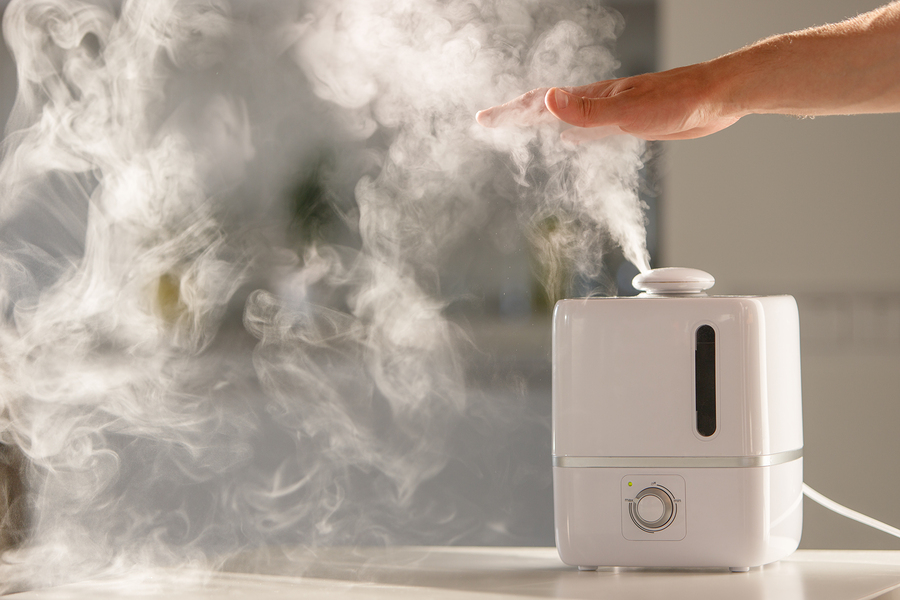Pros and Cons of Different Types of Humidifiers

Do you dread the day you have to turn on the furnace in your home because it makes the inside air feel dry? Or perhaps you find yourself getting sick more often while being stuck inside during the winter. These issues can often be attributed to low humidity levels in your home.
The good news is that dry air isn’t something you have to suffer through for the next few months. A simple solution is adding a humidifier system that adds moisture to the inside air so it’s more comfortable and gentler on your body. In this article, we’ll cover the pros and cons of a few different types of humidifier systems.
Benefits of a home humidifier
If the humidity level in your home is too low, you or a family member may experience issues such as dry skin, nose or throat irritation, dry coughing, headaches, or congestion. These are not serious conditions but ones that may be easily preventable with a humidifier in your home.
Central versus portable humidifiers
There are small, portable humidifiers you can buy at a store but they can only serve a small area. These units can also promote mold or bacteria growth if not properly maintained. If you want your entire home to be comfortable and at the proper humidity level, then you should consider a central or whole-house humidifier system.
Types of whole-house humidifier system
Whole-house humidifiers are generally more effective and efficient than portable models. Think of it like comparing a central air conditioning system to a window AC unit. A whole-house humidifier typically uses your existing ductwork to distribute moist air throughout the home.
There are three main types of whole-house humidifiers
Pad humidifier
Also called a water panel, a pad humidifier is the most popular type of whole-house humidifier and works with your current furnace. It has an evaporator pad that holds water. When the furnace blows warm air, it picks up some of the moisture from the pad to increase the humidity level in the home.
Pad humidifiers are generally easy to install and maintain. However, it’s important that your ducts are in good shape and properly sized, otherwise, a pad humidifier can cause some airflow issues.
Spray humidifier
Spray humidifiers are sometimes be referred to as atomizing humidifiers. This type of system features a small nozzle that sprays mist into the air to increase the humidity level. Spray humidifiers are inexpensive aren’t very popular because they require a bit more attention to operate. They require distilled water to avoid mineral deposits from clogging the nozzle. If there’s a problem with the nozzle, water can leak out and cause damage.
Steam humidifier
Steam humidifiers have a water reservoir. When the humidity level is too low, the unit turns on, boils some of the water, and the steam is injected into the airflow of the furnace.
Steam humidifiers are very effective at humidity control but they also cost more to install and operate. They usually require a dedicated electrical service, which is something to consider before purchasing one. Finally, mineral deposits can form and diminish the performance of the system.
So which type of humidifier is right for your home? That depends on a number of factors. The best way to make an informed decision is by talking with an experienced HVAC professional. At Robert B. Payne, Inc., we’ve been proudly serving the Fredricksburg area since 1930. Call us today at (540) 373-5876.

